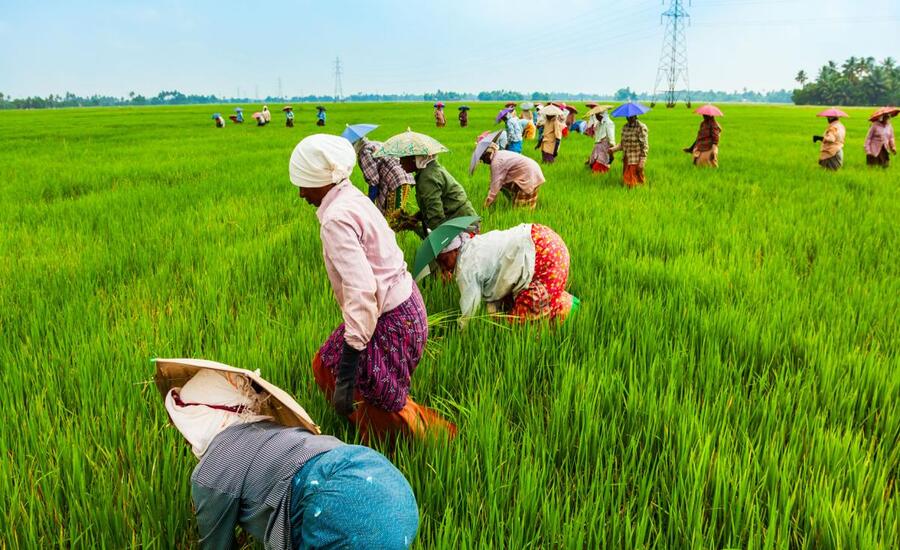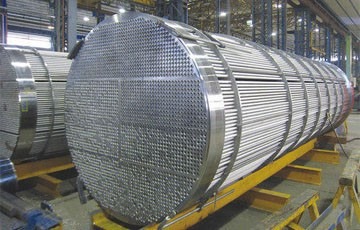Explore How Changing Weather Patterns and Extreme Weather Events
Climate change is reshaping the natural world in profound ways, with significant implications for agriculture. As weather patterns become increasingly unpredictable and extreme weather events more frequent, the impacts on crop productivity and agricultural practices are becoming more evident. Understanding these changes is crucial for developing strategies to mitigate risks and adapt agricultural systems. This article explores how shifting weather patterns and extreme weather events are expected to affect global crop productivity and agricultural outlook, with a focus on the role of pest and disease forecasting in managing these challenges.
The Impact of Changing Weather Patterns
Changing weather patterns, characterized by shifts in temperature, precipitation, and humidity, have far-reaching effects on agriculture:
1. Temperature Increases
Rising temperatures due to climate change affect crop growth and development in several ways:
- Extended Growing Seasons: Warmer temperatures can extend the growing season, allowing for longer periods of crop growth. However, this can also lead to earlier maturation, potentially reducing yields if crops are not adapted to new conditions.
- Heat Stress: Excessive heat can stress crops, leading to reduced photosynthesis, lower yields, and poor quality. Heat stress can also exacerbate water scarcity issues by increasing evaporation rates.
- Altered Growing Zones: Shifts in temperature zones can result in the movement of suitable growing areas for certain crops. Some regions may become more favorable for certain crops, while others may become less viable.
Example: Wheat and maize crops are particularly sensitive to high temperatures. Heat stress during critical development phases can lead to significant yield losses, especially in tropical and subtropical regions.
2. Changes in Precipitation Patterns
Altered precipitation patterns, including changes in the timing, intensity, and distribution of rainfall, impact crop productivity:
- Droughts: Reduced rainfall and prolonged dry periods can lead to drought conditions, reducing soil moisture and impacting crop growth. Droughts can cause crop failures and lower yields.
- Flooding: Increased rainfall and intense storms can lead to flooding, which can damage crops, erode soil, and disrupt planting and harvesting schedules.
- Water Management Challenges: Changes in precipitation require adjustments in water management practices, such as irrigation scheduling and water storage.
Example: Rice cultivation, which depends on consistent water availability, is highly vulnerable to changes in precipitation. Irregular rainfall can lead to inadequate water supply, affecting yields and food security.
The Impact of Extreme Weather Events
Extreme weather events, such as hurricanes, heatwaves, and heavy rainfall, pose additional risks to agriculture:
1. Hurricanes and Storms
Hurricanes and severe storms can cause extensive damage to agricultural lands:
- Wind Damage: High winds can uproot crops, damage plants, and break branches. This physical damage can lead to immediate yield losses and long-term impacts on crop health.
- Flooding: Storms often bring heavy rainfall, resulting in flooding that can drown crops, erode soil, and cause nutrient runoff.
Example: In 2017, Hurricane Irma caused significant damage to agricultural production in the Caribbean and southeastern United States, leading to substantial losses in fruit and vegetable crops.
2. Heatwaves
Heatwaves, characterized by prolonged periods of excessively high temperatures, impact crop productivity:
- Crop Burnout: Prolonged heatwaves can lead to crop burnout, where plants suffer from reduced photosynthesis and physiological stress. This can result in lower yields and poorer crop quality.
- Increased Water Demand: Heatwaves increase water requirements for crops, putting additional strain on water resources and irrigation systems.
Example: During the 2003 European heatwave, significant yield losses were reported for crops such as wheat and barley, with some regions experiencing reductions of up to 40%.
3. Cold Spells and Frosts
Unseasonal cold spells and frosts can damage crops during sensitive growth stages:
- Frost Damage: Early or late frosts can damage young plants and flowers, leading to reduced yields and poor crop quality.
- Cold Stress: Cold temperatures can slow down crop growth and development, impacting overall productivity.
Example: Late spring frosts in fruit-growing regions can damage blossoms, reducing fruit yields and quality.
The Role of Pest and Disease Forecasting
Changing weather patterns and extreme weather events also influence pest and disease dynamics, making pest and disease forecasting a critical component of adaptive agricultural practices:
1. Pest Dynamics
Weather conditions significantly affect pest populations and their distribution:
- Temperature and Humidity: Warmer temperatures and increased humidity can create favorable conditions for pest reproduction and survival. For example, certain insect pests thrive in warmer climates and may expand their range as temperatures rise.
- Extreme Weather Events: Extreme weather events, such as heavy rainfall or droughts, can influence pest populations by altering their habitats and food sources.
Example: The spread of the fall armyworm, a significant pest of maize and other crops, has been linked to changing weather patterns, including increased temperatures and humidity.
Also Read: https://www.businesstoclub.com/
2. Disease Patterns
Climate change affects the prevalence and severity of crop diseases:
- Disease Development: Many crop diseases are influenced by weather conditions such as temperature and moisture. Changes in these conditions can lead to the emergence of new diseases or the increased prevalence of existing ones.
- Disease Spread: Extreme weather events can facilitate the spread of plant diseases by dispersing spores and pathogens over larger areas.
Example: The spread of wheat rust diseases, such as Ug99, has been linked to changing climate conditions that influence the dispersal and development of fungal pathogens.
3. Forecasting Tools and Techniques
Advanced pest and disease forecasting tools use weather data, predictive models, and remote sensing technologies to anticipate pest and disease outbreaks:
- Predictive Models: Models that incorporate weather data and historical pest and disease patterns help predict future outbreaks and guide management practices.
- Remote Sensing: Satellite imagery and drones provide real-time data on crop health and pest populations, enabling timely interventions.
Example: Integrated pest management (IPM) strategies use forecasting tools to predict pest outbreaks and implement targeted control measures, reducing reliance on chemical pesticides and minimizing crop damage.
Adapting Agricultural Practices
To mitigate the impacts of changing weather patterns and extreme weather events, farmers and policymakers must adopt adaptive agricultural practices:
1. Resilient Crop Varieties
Developing and planting resilient crop varieties that can withstand extreme weather conditions and resist pests and diseases is crucial for maintaining productivity.
2. Improved Water Management
Implementing efficient water management practices, such as precision irrigation and rainwater harvesting, helps manage water resources more effectively and reduce the impact of droughts and floods.
3. Diversified Farming Systems
Diversifying crops and farming systems can enhance resilience by reducing dependency on single crops and spreading risk across different agricultural activities.
4. Enhanced Forecasting and Monitoring
Investing in advanced pest and disease forecasting and monitoring technologies enables farmers to make informed decisions and respond proactively to emerging threats.
Conclusion
Changing weather patterns and extreme weather events are reshaping global agriculture, presenting both challenges and opportunities. By understanding and adapting to these changes, farmers and policymakers can enhance crop productivity and resilience. The integration of pest and disease forecasting into agricultural practices plays a crucial role in managing risks and maintaining food security in a rapidly changing climate. As the impacts of climate change continue to unfold, the adoption of innovative and adaptive strategies will be essential for safeguarding global food systems and ensuring a sustainable agricultural future.






